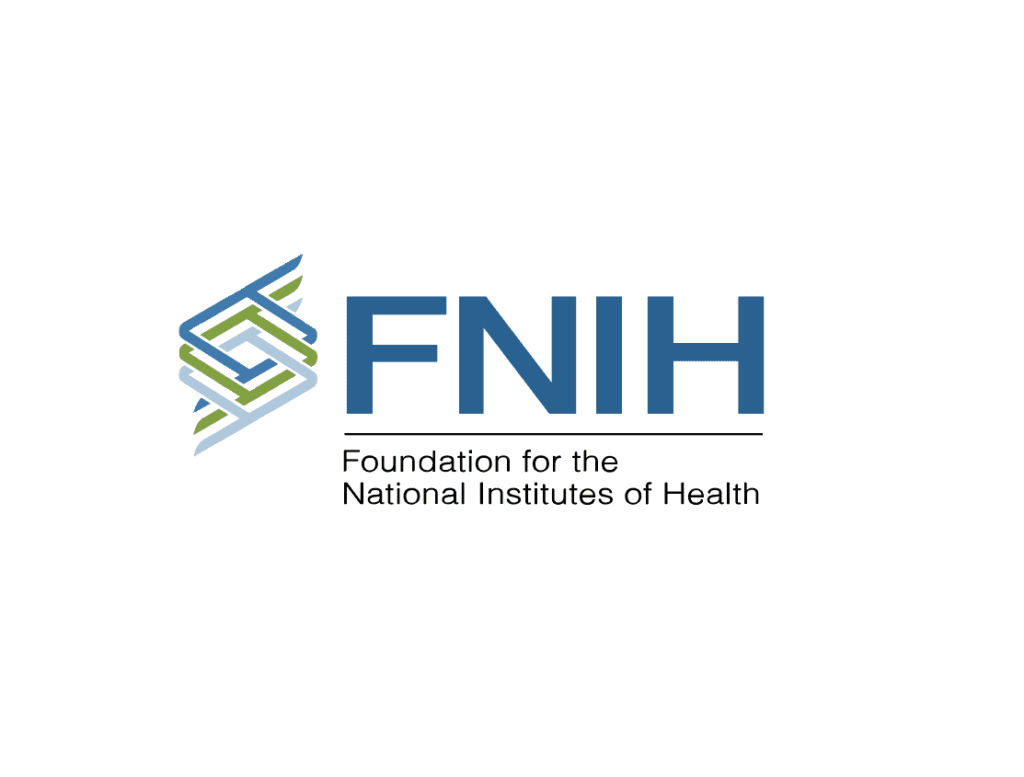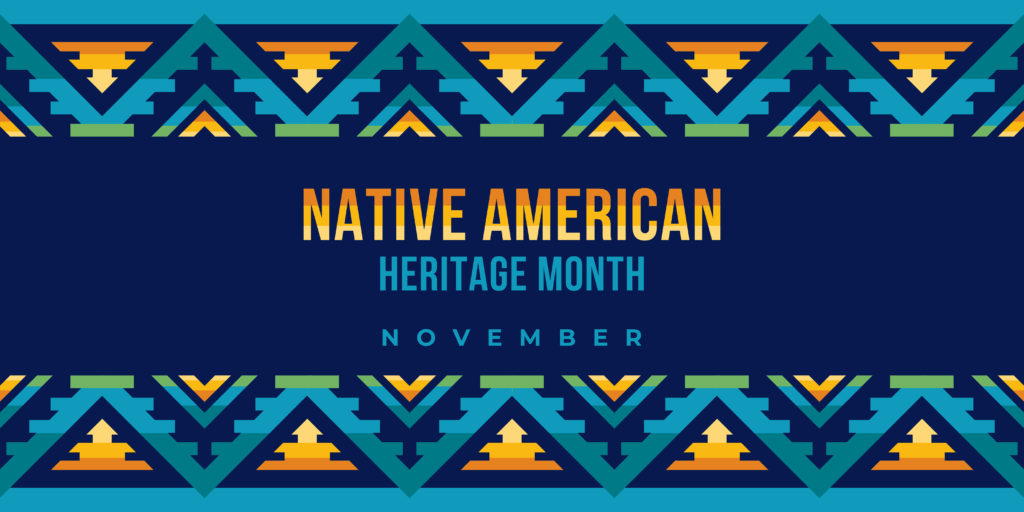

Rare and Resilient: Shining a Light on Ectodermal Dysplasias
By Mary Fete, M.S.N., R.N., C.C.M, Executive Director, National Foundation for Ectodermal Dysplasias
Today, on International Ectodermal Dysplasias Awareness Day, we stand in solidarity with our families from 121 countries who wear blue to celebrate their resilience, strength, and unity. This day is a cornerstone of Ectodermal Dysplasias Awareness Month, a time dedicated each February to increasing awareness about these rare conditions and the challenges faced by those affected. This year’s theme, Rare and Resilient, encapsulates the spirit of our community—a spirit marked by determination in the face of adversity.
Ectodermal dysplasias are a group of more than 50 genetic disorders that impact hair, teeth, nails, skin, and sweat glands. Hair may be sparse, dry, fragile, or slow growing. Teeth may be missing, shaped differently, or have abnormal enamel. Starting as toddlers, many individuals may need to start wearing dentures to eat and speak better. Nails may be poorly developed, small, absent, thick, or thin. The sweat glands may not develop so individuals must use water, air conditioning, and other means to cool their bodies. Other parts of the body may also be affected.
First described by Charles Darwin in 1875, these conditions present unique and complex challenges. With each type classified as rare—affecting fewer than 200,000 individuals in the United States—obtaining an accurate diagnosis and appropriate treatment can difficult. It is estimated that 14.5 per 100,000 newborns are affected by an ectodermal dysplasia, highlighting the need for greater awareness and advocacy.
The Challenge of Diagnosis and Access to Care
Most physicians have limited exposure to ectodermal dysplasias, making early and accurate diagnosis difficult. The significant skin erosions in ankylobelpharon-ectodermal defects-cleft lip and/or palate (AEC) syndrome, for example, can be mistaken for a completely different rare disorder called epidermolysis bullosa (EB) at birth. Joshua’s story underscores the importance of awareness—an astute nurse recalled learning about AEC syndrome and suggested it as a possible diagnosis, which was later confirmed by doctors. Armed with the right diagnosis, Joshua’s parents connected with the National Foundation for Ectodermal Dysplasias (NFED) and learned the specialized treatment protocol needed to care for his fragile skin and keep him alive.
Even after diagnosis, obtaining specialized care can be challenging. Individuals like Lawrence and Beau, who have hypohidrotic ectodermal dysplasia (HED) and few teeth, have had to travel long distances to find dental professionals familiar with their condition. Others like Nicholle face costs of tens of thousands of dollars out of pocket and insurance companies that auto deny benefits and prevent them from receiving necessary treatments. Some families face tough choices: do they pay for a functioning smile or a college education for their child?
Resilience in the Face of Adversity
Our ectodermal dysplasias community exemplifies resilience. Individuals must advocate for themselves and their loved ones in a health care system where expertise in these conditions is scarce. They endure frequent medical and dental appointments, navigate complex insurance hurdles, and often grow up feeling isolated due to the rarity of their disorder.
For 43 years, the National Foundation for Ectodermal Dysplasias (NFED) has been a beacon of hope and support for individuals and families facing these challenges. As the only nonprofit in the US dedicated to ectodermal dysplasias, NFED provides education, support, and research funding to drive progress in diagnosis and treatment. Above all, NFED ensures that no one feels alone on their journey.
Advancing Research and Pioneering Treatment
Research is vital to unlocking the mysteries of ectodermal dysplasias. The NFED has convened global experts to advance our understanding and chart a course for developing new treatments. One of the most groundbreaking advancements is the Edelife Clinical Trial of a treatment for the most common type, x-linked HED. Early results show that six affected boys, including Maarten and Linus, who received the therapy before birth now sweat normally and exhibit improved symptoms. If successful, this treatment could mark a historic milestone—the first therapy to correct a genetic condition before birth.
How You Can Support Awareness Month
As we recognize Ectodermal Dysplasias Awareness Month, we invite you to champion the cause of rare disease communities. Greater awareness, improved health care access, and increased research funding can transform lives.
Here’s how you can take action:
- Visit our Awareness Month page for resources and engagement opportunities.
- Follow NFED on social media and share our educational materials.
- Watch and distribute our informative video to help others understand these rare conditions.
- Advocate for policies that support individuals with rare diseases and congenital anomalies.
- Make a donation to advance research and provide vital resources to affected families.
Together, we can create a future where individuals with ectodermal dysplasias receive the care, support, and treatments they need. Let’s celebrate their resilience and work toward a world where no one faces this journey alone.


